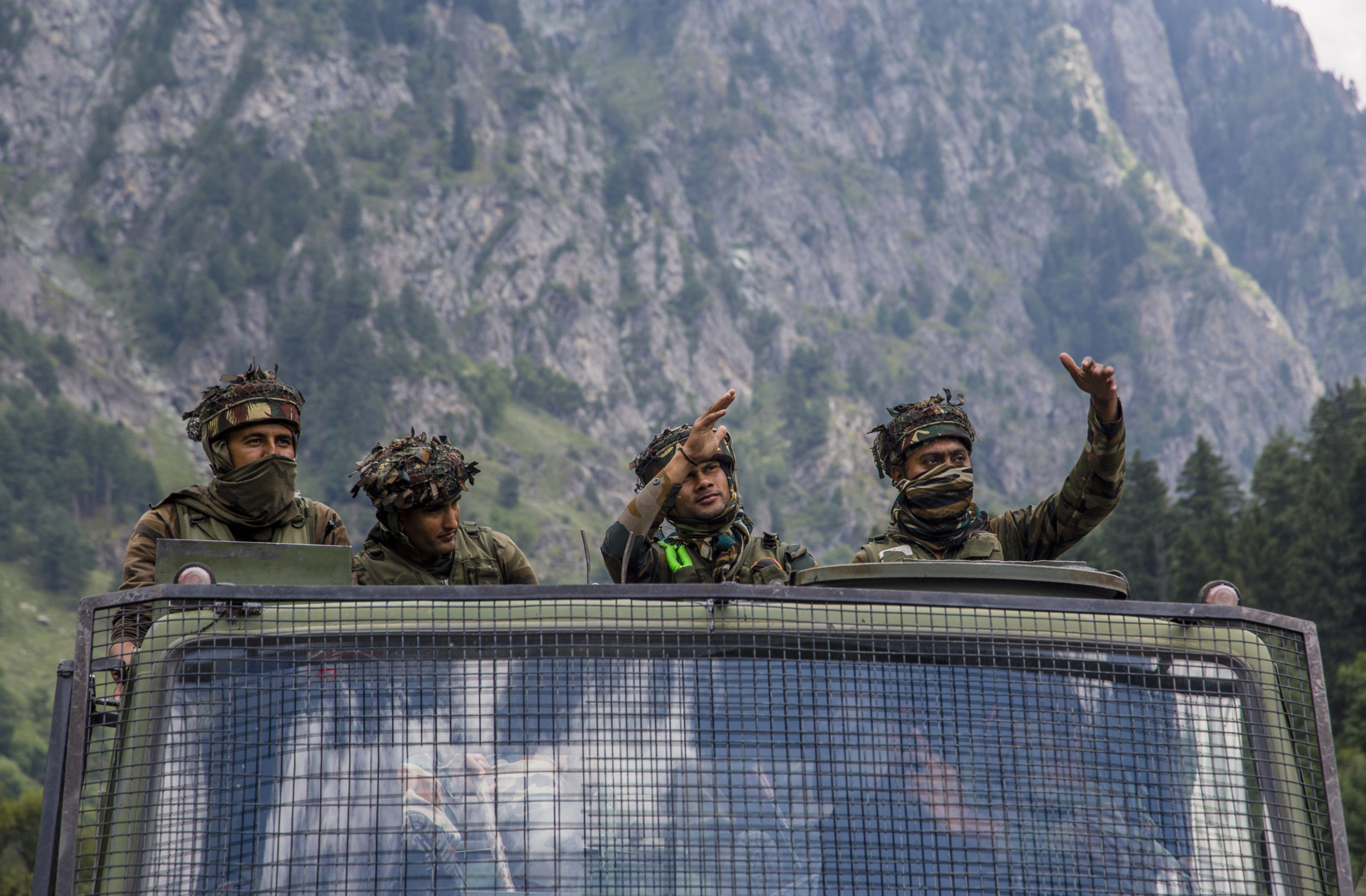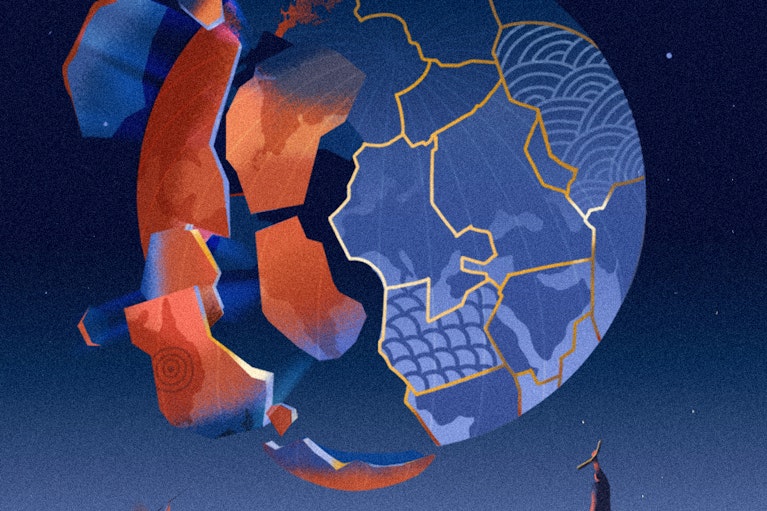Shashi Tharoor represents Thiruvananthapuram in India’s Parliament. He was an under-secretary-general of the United Nations from 2002 to 2007.
NEW DELHI — Earlier this week, high in the Himalayas on one of the most contested international borders in the world, shots were reportedly fired by soldiers from India and China for the first time in decades. This latest clash between troops from the two nuclear-armed nations follows massive brawls and fistfights earlier this year that led to the deaths of at least 20 Indian soldiers.
As New Delhi and Beijing settle in for a prolonged standoff on the tense border, it is time to take the longer view: Has the fighting brought into the open something far bigger and more momentous — a gradual strategic shift in the geopolitics of Asia, with implications for the rest of the world?
At first, the suggestion seems exaggerated. After all, the two countries have managed to live with each other despite failing to come to a final agreement on the 2,200-mile-long border, known as the Line of Actual Control (LAC), which was established at the end of a short but bloody war in 1962 that left China in possession of a quarter of the territory controlled by India that it claims as rightfully Chinese. For decades, the situation had not been allowed to get out of hand.
Nevertheless, hundreds of incidents have arisen in the past; both sides build or repair highways, roads, bunkers and fortifications, as well as move troops close to the LAC. Both sides downplay it when their patrols encounter each other — the result of “differing perceptions” as to the location of the LAC. The few alarming episodes where Chinese troops made major incursions (Depsang in 2013, Chumar in 2014, Doklam in Bhutan in 2017) required high-level engagement between each side’s military and diplomatic corps, but were always peacefully resolved.
A similar outcome was therefore expected this year. India usually shows no desire to rock the boat. Its actions and statements are designed not to provoke its northern neighbor, but to relegate the border problem to the back burner while enabling trade (now worth close to $100 billion a year) to flourish. And India has made it clear that it was unwilling to join in any U.S.-led “containment” of China.
“India usually shows no desire to rock the boat. Its actions and statements are designed not to provoke its northern neighbor.”
But Indian public opinion reacted to the brutal border clashes with fury. Protestors have burned effigies of Chinese President Xi Jinping and called for boycotting everything from Chinese-made products to Chinese restaurants. Some people even publicly wrecked their made-in-China TV sets. From an Indian perspective, it appears as if India-China relations are in a trough, the deepest in living memory.
Ironically, 2020 was supposed to be a landmark year for the two countries’ bilateral relations. In October 2019, at their 18th meeting in the last nine years, this time in the southeast Indian resort town of Mahabalipuram, Xi and Indian Prime Minister Narendra Modi had grandly pledged to take relations to “greater heights.” To mark the 70th anniversary of formal diplomatic relations, they announced they would conduct 70 joint activities, including further improving their burgeoning trade, supporting scholarly research into their ancient civilizational links and even exchanging military delegations — a grand show of Sino-Indian cooperation.
This wasn’t just fluff. The two countries had indeed developed multiple avenues of engagement. Trade with China has grown from negligible levels a couple of decades ago to India’s second-largest trading relationship. Modi, an early enthusiast, had lifted residual restrictions on bilateral Chinese investment in strategic sectors of the Indian economy (notably ports, airports, power generation and telecoms technology) so that by 2020, Chinese investment (current and planned) stood at about $26 billion with infrastructure projects accounting for about half the total. (However, that figure may be reduced after the Indian government in August barred Chinese companies from government road projects.)
India is also an enthusiastic partner in Chinese-led and regional financial and diplomatic associations like the Asian Infrastructure Investment Bank and the BRICS (Brazil, Russia, India, China and South Africa) and RIC (Russia, India, China) groupings. The New Development Bank (NDB), for example, is headquartered in Shanghai and has an Indian chief executive.
“Quietly certain that its economic, military and geopolitical strength will continue to grow relative to India’s, China continues to creep forward.”
But it has become increasingly apparent that this policy of sidestepping contentious issues and encouraging bilateral economic relations has played into Chinese hands. The People’s Liberation Army (PLA) repeatedly undertakes “minor” military incursions — small pushbacks to India’s military positions, limited seizures of territory along the LAC — and then quickly declares a truce. Both sides predictably meet and agree to disengage, declaring the crisis over, only for China to regularize and fortify its new deployment in a more permanent way. These small flare-ups always end up strengthening China’s position, each one creating a new normal along the LAC.
The most recent crisis appears to be a result of the Chinese military’s attempts to advance their position along strategically prized areas of the LAC, with the objective of threatening India’s own positions and enhancing the PLA’s ability to interdict patrols and interrupt Indian supply lines. After the recent incursions, the Chinese now reportedly control an additional 350 square miles in the Indian territory of Ladakh. They seem to be eyeing India’s construction of roads, bridges and similar infrastructure on undisputed Indian territory, a belated effort to mirror similar Chinese efforts near the LAC in Tibet.
Chinese troops have gone beyond mere military patrols by occupying the “finger heights” area near Pangong Lake, pitching vast forests of tents and building concrete structures and roads along the LAC. These actions suggest a Chinese ambition to cut off Indian access to the Galwan Valley by extending a presence to the intersection of the Galwan and Shyok Rivers. Having built permanent structures around the area of their intrusion, China has duly issued statements declaring sovereignty over the valley, which, it now says, has “always belonged” to China.
Quietly certain that its economic, military and geopolitical strength will continue to grow relative to India’s, China declares that the actual definition of the border should be left to future generations to settle, even as it continues to creep forward, ensuring that any eventual territorial settlement will have to take the situation on the ground into account.
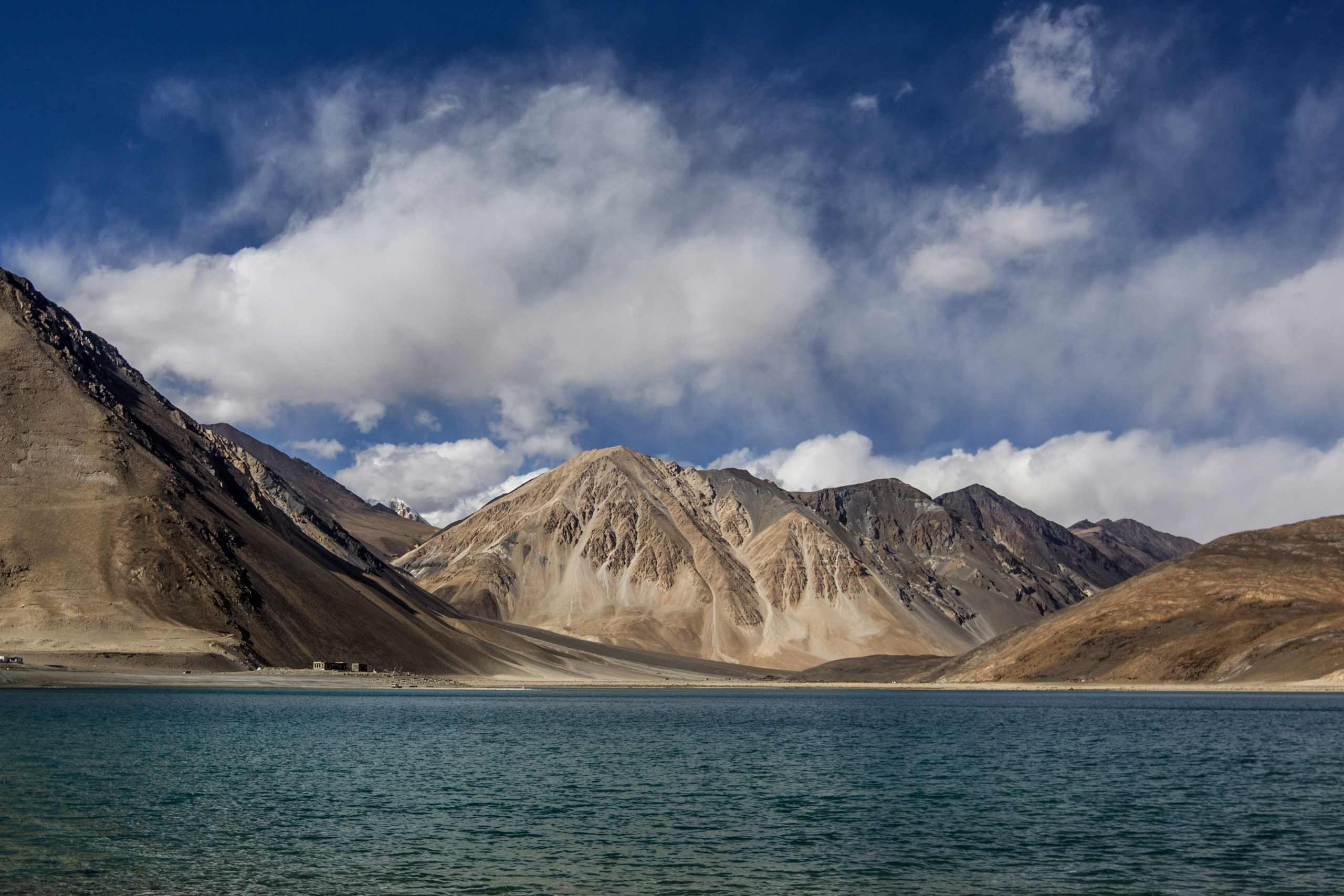
India’s Unenviable Options
Border incidents repeatedly throw India off balance; they also reinforce a perception that India is unable to challenge China, let alone act as a regional power offering security to its neighbors. In 1988, Deng Xiaoping told India’s then-prime minister, Rajiv Gandhi, that the next century would belong to India and China. In contrast, the current Chinese leadership has no patience for such pablum. They believe — indeed, believe they know — that it is destined to be China’s century alone. They are all too happy to show India its subsidiary place in the pecking order.
India’s tactical options are unenviable: It has strengthened its military presence on the LAC to deter any further encroachment by the PLA but remains wedded to the hope that it will be able to persuade China, through military and diplomatic pressure, to restore the status quo and return to the positions occupied before this year’s incursions. Chinese and Indian officials are currently engaged in diplomatic and military-to-military dialogue to ease tensions, but de-escalation has been stalled for months, with China behaving as if their disengagement is already complete.
India needs to either convince China to remove its troops from various sectors across the LAC that they have transgressed since May, or dislodge them militarily from the areas it disputes. The military option could involve capturing land elsewhere on the LAC to swap for this purpose, but this is easier said than done. Reports suggest something of the sort may have occurred late in August. If true, India’s intention would be to strengthen its hand in a negotiating process that has bought the Chinese time to entrench themselves in positions they had never held before. In any case, such action should have been retaliatory and swift, but better late than never.
Meanwhile, Modi’s astonishing statement — made for home consumption to protect his assiduously cultivated domestic image as an unbending man of iron — that “neither has anyone intruded across our border nor is anyone intruding” into Indian territory, very much sounds like a capitulation, seemingly accepting the new realities of a strong and durable Chinese presence in the Galwan Valley and Pangong Lake, established there only since May. Aside from looking like an admission of weakness, this may further embolden China, convincing the PLA it can pursue small local gains across the LAC with impunity.
Modi has developed a reputation in India for being able to spin any setback as a personal triumph, but the same technique is counterproductive when deployed internationally: Smart tacticians in Beijing could realize that they can take anything so long as Modi is allowed a public relations victory. The Chinese have indeed been quick to cite Modi’s words as absolving them of any wrongdoing.
“Border incidents repeatedly throw India off balance; they also reinforce a perception that India is unable to challenge China.”
Meanwhile, New Delhi’s frustrations are mounting. India’s Foreign Minister Subrahmanyam Jaishankar reportedly told his Chinese counterpart Wang Yi that “this unprecedented development will have a serious impact on the bilateral relationship.” Since then, Indians have bluntly conveyed that it would be “ridiculous” to expect no economic or other consequences.
India has moved swiftly in a largely symbolic act of economic retaliation, banning dozens of Chinese apps in India on grounds of data security. One of them, TikTok, had such a thriving following in India that banning it is estimated to have cost its parent company some $6 billion. It is likely that other Chinese companies will soon be barred from various lucrative opportunities in the vast Indian market. Two of them, Huawei and ZTE, had been leading contenders to be picked to build India’s 5G telecoms infrastructure, but likely changes to India’s telecom policies suggest that neither will remain in contention. India has also reimposed tighter limits on Chinese investment in other infrastructure and construction projects, a reversal of the openness that the Modi administration had initially shown.
But India is far too dependent on China for other vital imports — pharmaceuticals, automotive parts and microchips, for example. Many in New Delhi fear that acting too strongly against China would be tantamount to self-sabotage.
Today, India’s dependence on China for its non-consumption economy remains high, and imports from China have become indispensable for India’s exports to the rest of the world. Various manufacturing inputs, industrial equipment and components, and even some technological know-how come from China; eliminating them could have a seriously negative effect on economic growth at a time when, thanks mainly to the COVID crisis, India’s GDP is estimated to have shrunk by as much as 29% in the current fiscal year.
And anyway, there are limits to the effectiveness of any Indian retaliation: Trade with China may seem substantial from an Indian perspective, but it only represents 2% of China’s exports. Even drastically reducing trade might not be enough to deter Beijing or cause it to change its behavior.
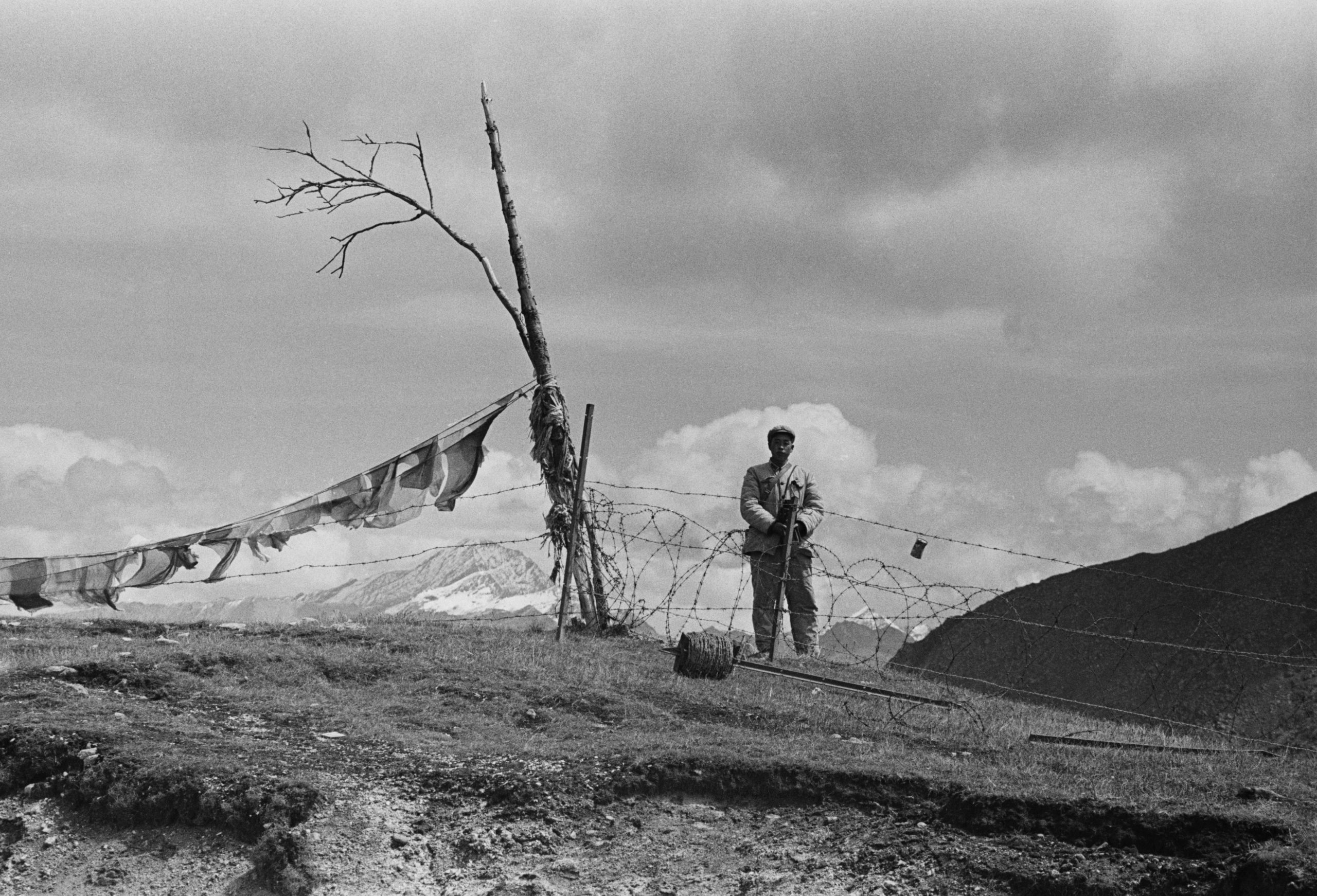
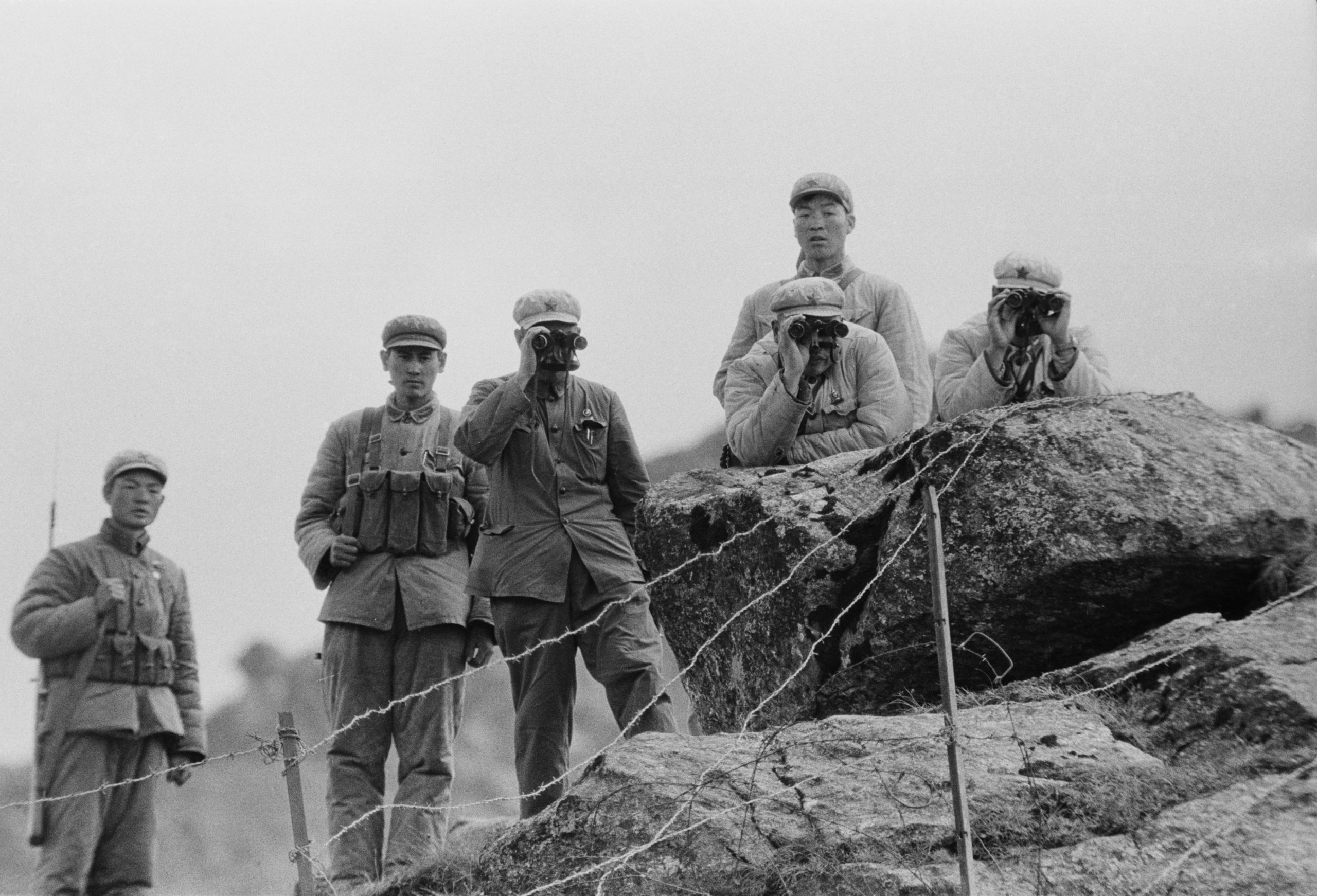
Widening India’s Reach
There seem to be only two strategic options for New Delhi: reconcile itself to playing second fiddle to an assertive China, or seek strength and leverage by aligning itself with a broader international coalition against Chinese ambitions.
The first option is unviable in a nationalist democracy: With the government already under fire in some sections of the media and from opposition parties over its limp response, India has no choice but to stand firm and declare that it will accept nothing less than the restoration of the status quo. The government is well aware that the situation is a test of its resolve, as it is obvious that accepting China’s gains would merely embolden Beijing to carry out further “salami-slicing” incursions.
Modi thrives on his invincible strongman image, making the brutal murder of Indian soldiers a humiliation that his government will struggle to overcome. Regardless, it is apparent that India must, in its own interest, prove to the world that it is no pushover. This message should be broadcast loud and clear to all observers — particularly to the thorn in its side and ally of China’s, Pakistan. Otherwise, things will get worse on other fronts; Pakistan has already intensified its sponsorship of militancy in Kashmir.
After at first being pushed on the defensive by international opprobrium for having incubated the coronavirus, China has quickly moved to aggressive “wolf warrior” diplomatic and military moves at home and abroad: ramping up its control over Hong Kong, eroding its semi-autonomous status to the breaking point; committing flagrant and oppressive human rights violations against Xinjiang’s Muslim Uighur minority; stepping up territorial claims in the East and South China Seas; flying surveillance aircraft over Taiwan; entrenching its military dominance in the Doklam Plateau, hitherto seen as Bhutan’s; sparking a diplomatic dispute with Australia by imposing heavy tariffs on barley, launching cyberattacks on government and business servers and imposing a death sentence on an Australian prisoner; shattering the so-called “golden era” of relations with Britain in light of a diplomatic spat about Britain’s granting of residence rights to Hong Kongers; and growing increasingly vocal in its criticism of liberal democracies in general and Western ones in particular.
This more brazen China does not augur well for the crisis with India.
The crisis has also strengthened the constituency in New Delhi for the second option, to abandon India’s historic reluctance to take sides in China’s quarrels. Those advocating that India should join forces with the U.S. and other regional democracies in a partnership to counter the Chinese threat are finding a more receptive climate for their arguments. Relations with the U.S. have already been moving closer and include cooperation on anti-terrorism and military logistics, including shaking off its formerly tentative embrace of the U.S.-led Quadrilateral Security Dialogue (the “Quad”: the U.S., Japan, Australia and India). And rhetoric from the Indian government has seemed to welcome the American idea of conceptualizing what used to be called the “Asia-Pacific” region as the “Indo-Pacific.”
“India must, in its own interest, prove to the world that it is no pushover.”
Some clues to new thinking in New Delhi have emerged from the September publication of a book by Foreign Minister Jaishankar. The challenge the country now faces, he writes, is “to manage a more powerful neighbor while ensuring its own rise,” and “in doing so, there must be an understanding on our part that this search for equilibrium is an infinite process.” A former ambassador to Beijing, he admits that “the initial advocacy in India of more trade with China has now given way to strong resentment at its one-sidedness” — a deficit of $55 billion.
Similarly, the Jaishankar qualifies New Delhi’s commitment to institutional relationships with China. He draws a distinction between two types of Chinese multilateral initiatives: those institutions focused on providing “connectivity contributions,” such as the AIIB and the NDB, are welcome, but India is less comfortable with China’s “unilateral enterprises,” typified by the Belt and Road Initiative (BRI). India has refused to engage with the BRI because one leg of it, the China-Pakistan Economic Corridor (CPEC), runs through disputed areas of Pakistan-occupied Kashmir, thus violating Indian sovereignty, and because of the huge levels of debt it imposes on recipient countries.
There are obvious incentives to double down on hostility to China and seek comfort in the embrace of its critics. China is not just being belligerent on the LAC: Beijing clearly sees India’s traditional regional influence as a target to be eroded, and is injecting money and resources into sub-continental neighboring states like Nepal, Sri Lanka, Myanmar, the Maldives and now even Bangladesh. China also has a longstanding opposition to Indian ambitions such as blocking its membership in the Nuclear Suppliers Group and disparaging its campaign for a permanent U.N. Security Council seat.
Strategists in India are calling for India to stop taking this lying down. The ruling Bharatiya Janata Party (BJP) is not averse to radical new departures from established policy: Two BJP MPs thumbed their noses at Beijing by attending the virtual swearing-in ceremony of Taiwan President Tsai Ing-wen in May. India appears to be turning away from China in other ways, most notably through its open opposition to the BRI and its support for America’s general position on the Indo-Pacific region, with specific reference to the deeply contentious South China Sea. New regional avenues are being opened, including deeper intelligence and military relationships with Japan and the “Five Eyes”: Australia, Canada, New Zealand, the U.K. and the U.S.
“Beijing clearly sees India’s traditional regional influence as a target to be eroded.”
But these countries all have different concerns — economic, diplomatic, military — about China. India is the only one with border disputes on land. Japan is a maritime neighbor facing Chinese naval incursions. America’s aim is to counter what it sees as a Chinese challenge to its global dominance. And Australia, which sends a third of its exports to China, has expressed that it has “no intention of injuring” relations with Beijing.
There are other potential speedbumps on the road to a strategic realignment. India is reluctant to jeopardize its relationship with Russia, one of its few partners that may hold some sway over China and on which it is heavily dependent for military equipment and supplies. India is trying to include Russia in its understanding of the “Indo-Pacific” to show the concept is not locked into the U.S.-China faceoff. By suggesting a convergence of interests between Moscow and New Delhi regarding freedom of navigation in the South China Sea, India is hoping to create a rift between Russia and China.
But it’s unlikely to work. With the Russian economy shaken by Western sanctions and COVID-19 wreaking havoc, Moscow has become increasingly dependent on Beijing. Russia and China have compatible, indeed similar, positions on relations with Syria and Iran, and both share a hostility to the U.S. And while China has helped shore up the wilting Russian economy, Russia has been helping enhance China’s own military prowess: Russia supplies more of China’s arms than every other source combined.
China-Russia relations are far more important to Moscow, given this degree of strategic convergence, than Indo-Russian ones. In other words, the more strained India’s relationship with China becomes, the less likely it is to be able to find much aid and comfort from Moscow.
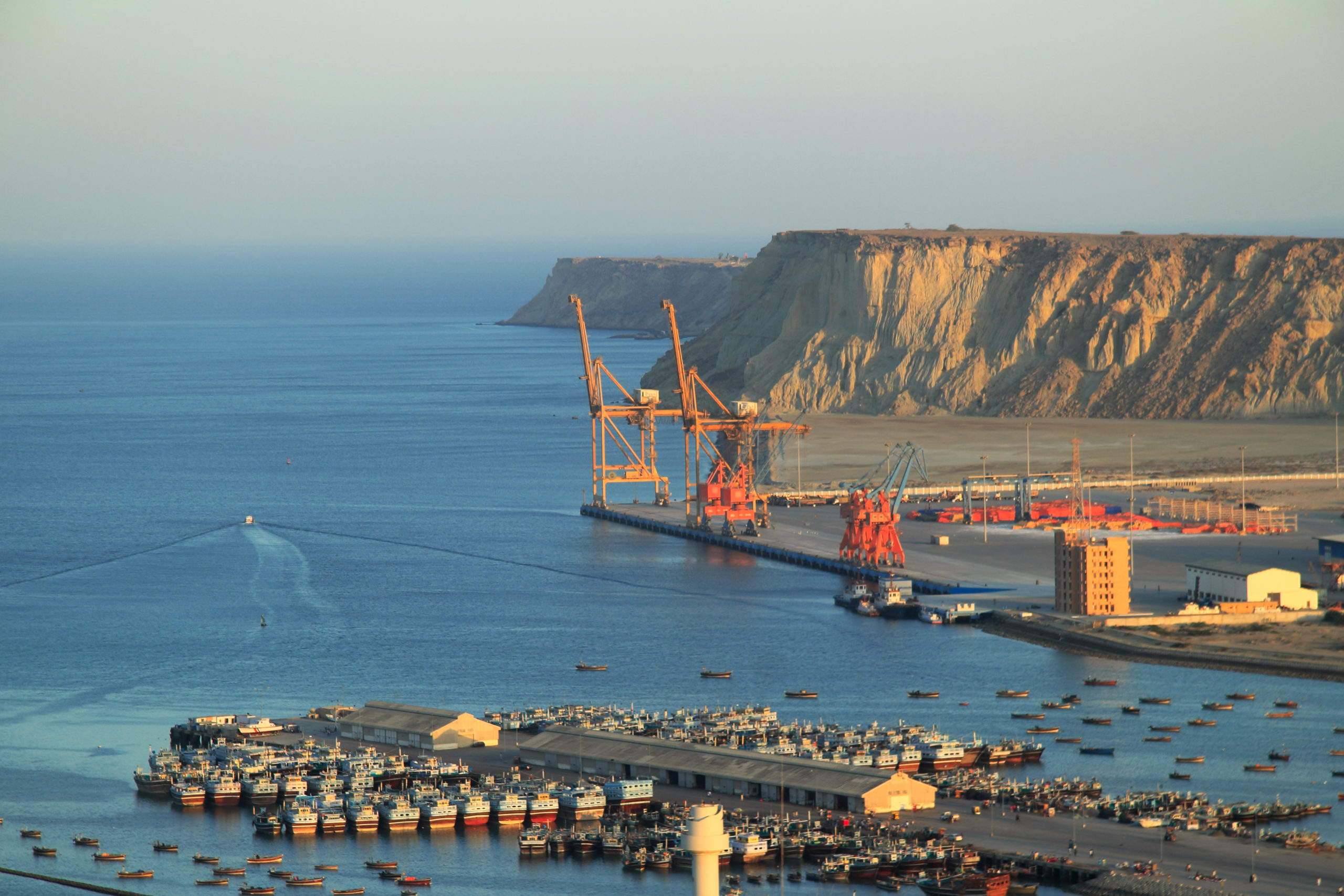
Warming To Washington
What about the U.S., which Modi seems to see as India’s indispensable partner? Certainly, President Donald Trump seems to have shed many of his earlier illusions about Xi Jinping. He blamed China’s “secrecy, deceptions and cover-up” for enabling the pandemic. While India was squaring up to China on the LAC, the strategic rivalry between Washington and Beijing has notably worsened, with rhetorical clashes intensifying on issues ranging from COVID-19 to trade and tariffs to Hong Kong.
U.S. Secretary of State Mike Pompeo has publicly expressed regret at the U.S. enabling China’s rise to its current overweening status; the “old paradigm of blind engagement with China has failed,” he said in July, because Beijing has taken advantage of America’s economic and political openness. He called for collective action against China, musing on whether “it’s time for a new grouping of like-minded nations, a new alliance of democracies.” So can Washington and New Delhi find commonalities in their shared mistrust of, and increasing hostility to, China?
Probably, but with some caution in New Delhi: Trump’s hyper-transactional administration has never struck the Indian foreign policy establishment as particularly reliable. And Pompeo has acknowledged that dealing with China is not like containing the Soviet Union: “The U.S.S.R. was closed off from the free world. Communist China is already within our borders.”
Indeed, the extraordinary levels of economic interdependence between the U.S. and China is a significant political constraint on Washington’s options. The Chinese recognize this. As an editorial in the Communist Party’s English-language mouthpiece, Global Times, put it: “The intertwining of interests between China and the U.S. and other Western countries has become incomparable with what it was between the Soviet Union and the West.”
The Global Times editorial also confidently asserted that the U.S. could not go too far in assembling a coalition of like-minded countries against it, for the simple reason that these countries have economic stakes in good relations with China: “This will prompt them to insist on their national interests, rather than blindly follow the U.S. The U.S. is trying to forge an ideological anti-China alliance, while China will use real interests to crush such a conspiracy. China has a bigger chance to win.” And there was a warning for any foreign governments that might be tempted by Pompeo’s call: “The U.S. is unable to compensate for the losses that other countries will suffer if they follow the U.S. to decouple from China. The U.S. is fooling other countries to join the anti-China alliance without providing them any benefits.”
“The old paradigm of blind engagement with China has failed.”
Aside from energizing the security dialogue within the Quad, India has been coordinating its pandemic response with Washington in the “Quad Plus” dialogue, which includes New Zealand, South Korea and current ASEAN chair Vietnam. America’s initiative to convene an expanded G7 gathering in Washington later this year to include South Korea and Australia, plus India, has been warmly greeted by the Indian side. This change is suggestive of an expansion of the G7 to something like a G10 of democracies. Joe Biden has proposed a global democracy summit early in his potential presidency — an event where India, the world’s largest democracy, would surely feature prominently.
Increasing strategic convergence between America and India is now undeniable. Continuing down this path may be very much in India’s interest: India’s economic collapse, sparked by Modi’s reckless and poorly executed decision to demonetize high-denomination rupee notes in 2016, has widened the gap with China. It is clear that India lacks adequate power to balance China by itself; a strong partner will help it hold its own.
This has been noticed by China. As the Hong Kong newspaper the South China Morning Post warned in an editorial in late August: “New Delhi does not have the resources and Trump’s anti-China policy is firmly grounded in opportunism, while the U.S. does not have a strong record of loyalty towards India. Modi’s diverting of resources in the midst of a crisis [to strengthen its defenses against China] could easily derail his country’s socio-economic progress. He cannot risk armed conflict with China given the latter’s superior power. Wiser is to put every effort into talks to prevent another border clash and implement previous agreements to improve trade and investment links.”
This handicap can be overcome with a little help from a new friend. If the U.S. has the imagination to abandon its occasional petty trade wars with India and conclude a generous trade agreement, actively invest in shifting supply chains to India and offer military support so that India emerges as the predominant balancing power of the Indo-Pacific, India could more easily stand up to China. After all, as India’s first prime minister, Jawaharlal Nehru, put it: “There is no nonalignment vis-à-vis China.”
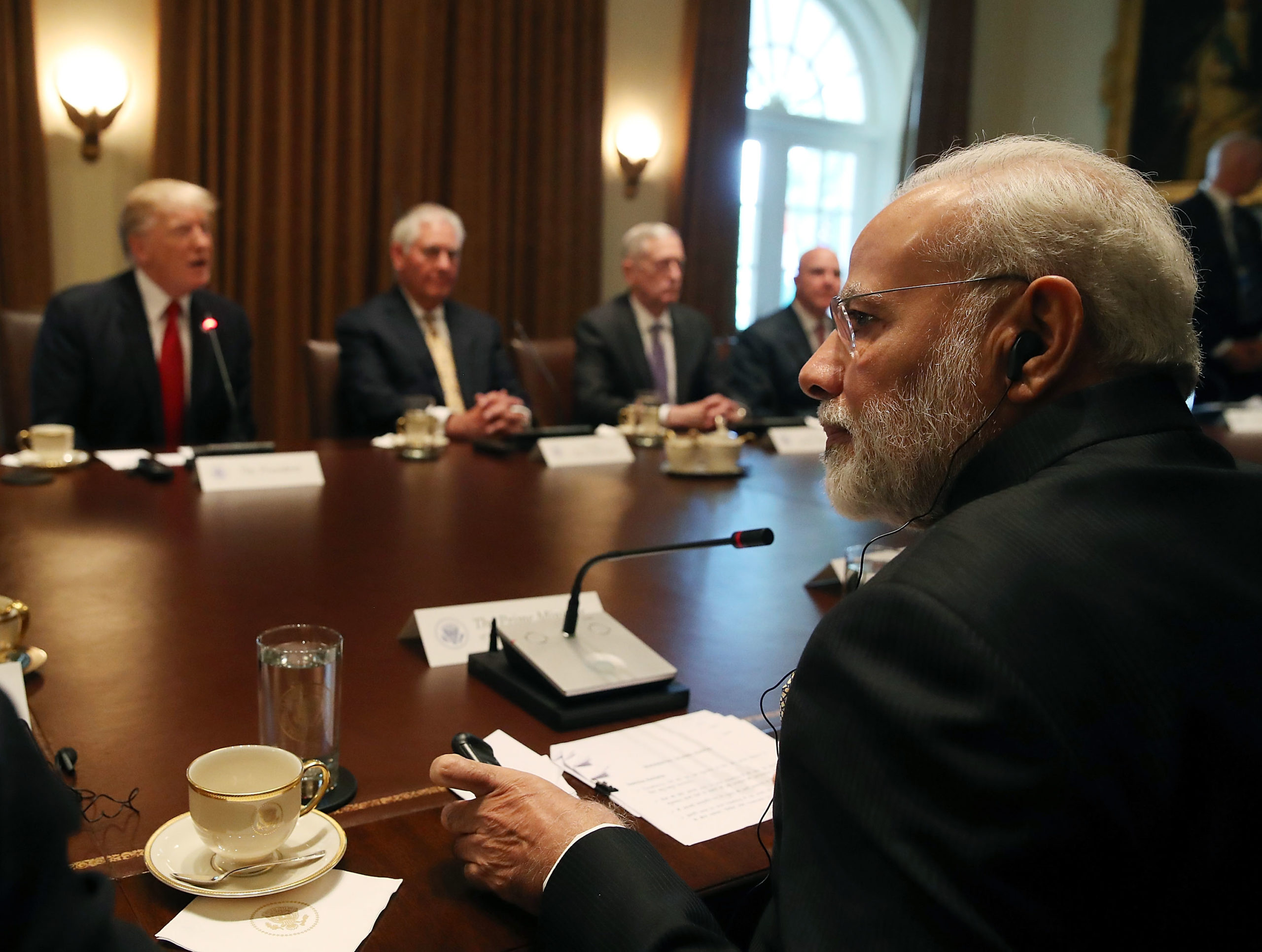
Constrain, Not Contain
So should India shed its habitual reserve about alliances and join those who, led by the U.S., are speaking openly about “containing” China? I am no fan of Xi’s more assertive and coercive China. However, I do see the benefits of India continuing to engage with Beijing, bilaterally and multilaterally. This must be done, however, while seeking to constrain, not contain, Chinese assertiveness.
The difference between the two terms, constraining and containing, goes beyond two letters of the alphabet. Containment is a hostile policy that turns its back on any attempt to engage or persuade. Constraining, on the other hand, proposes engagement in the hope of limiting destabilizing behavior. The former Australian Foreign Secretary Peter Varghese put it well: “Containment seeks to thwart and weaken the PRC. Constraining seeks to manage a powerful PRC.”
Constraining China would not involve turning the Quad into a military alliance, a sort of latter-day Southeast Asia Treaty Organization. India’s aversion to alliances — which reflects an established domestic consensus — is the right policy to continue: It is critical for India to preserve its strategic autonomy. Constraining China would be a means for China’s neighbors to manage Beijing’s most destabilizing actions through diplomatic, geopolitical and military pressure, in concert with like-minded extra-regional powers led by the U.S.
Coordinating with the Quad is a way to maximize that leverage. Indeed, I would go further and expand the group’s consultations to include other countries, such as Indonesia, Singapore, Vietnam and South Korea, who have similar concerns about China’s newfound assertiveness. Together, we can, in Verghese’s words, “collectively constrain coercive behavior by the PRC and impose costs for such behavior.”
“India will see that it is in its interest to constrain China, not contain it.”
No one wants war, but constraining China could maintain peace with honor. New Delhi should continue to keep all its lines of communication open to Beijing; increase trade while redressing its imbalances and diversifying its supply chains so that it is not overly dependent on a flow that can be turned off; and cooperate in regional and multilateral organizations like the U.N. China should not feel that India is treating it as an enemy, despite its across-the-board support for Pakistan and its aggression along the LAC. But India should recognize the divergence of strategic fundamentals.
India must retain the flexibility to align with other countries on an issue-by-issue basis as it sees fit, while remaining open to partnerships and collective action, as well as strengthening India’s capacity to act unilaterally when necessary. The U.S., in turn, must end its Trumpian unilateralism, and India must encourage it to reinvest in international institutions — not just the expanded G7 or the emerging “coalition of democracies,” but also multilateral bodies such as the U.N. and the W.H.O., which are indispensable for coping with global crises (and which China will only too happily seek to dominate in America’s absence).
With such an approach in place, India will see that it is in its interest to constrain China, not contain it.
The illusions of the past quarter-century have been shattered in the snowy heights of the Himalayas. India is not alone in the region in re-evaluating its strategic options toward Beijing, but it is likely to do so in a careful and calibrated manner unless its caution is pushed to the breaking point by China. That risk remains.
A changed situation on the ground could well drive a hesitant India into America’s embrace. That being said, China does not seem to see this as a problem. It seems to have decided that it is able and willing to cut India down to size — even if that means pushing it across the geopolitical aisle into the arms of its adversaries.

